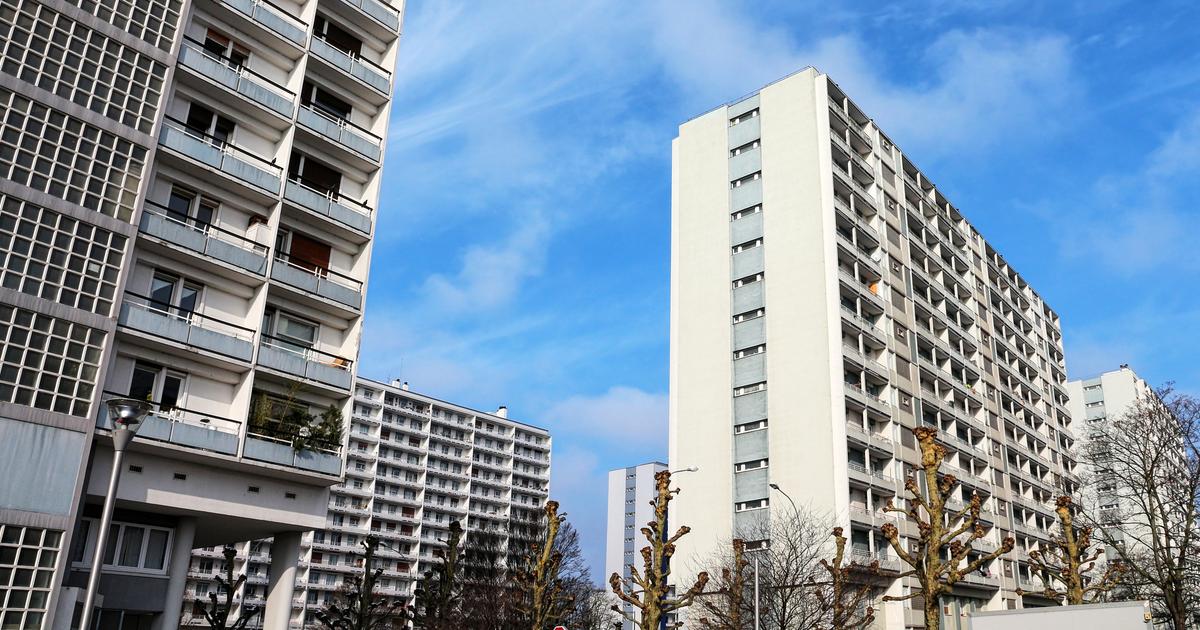The Secretary for the Environment, Huang Jinxing, was interviewed by different media a few days ago, saying that 40% of electricity users have completed the replacement of smart meters, and proposed that after the completion of all the projects in the next three years, they can consider introducing time-based charging measures for electricity, which means that electricity will be different in different time periods. price.
In fact, as early as four years ago, the China Light and Power Company launched a similar "Smart Wake-up Electricity Plan", charging 26,000 households with smart meters installed on a period of time. The arrangement was from Monday to Saturday from 6 pm to afternoon. The charge is higher at 10 o'clock, and the charge is lower from Monday to Saturday from 10 pm to 9 am and Sunday.
Huang Jinxing also said that time-based charging can reduce the amount of electricity generated by generators during periods of high usage, thereby reducing the resources allocated to this by the society as a whole. In the long run, it should also help reduce citizens' personal electricity bills.
On the other hand, the China Light and Power Company also pointed out that in the past, the "Smart Power Utilization Program" was designed to encourage customers to reduce peak hours to save energy and electricity bills. In addition, a large number of participating program users are protected by "Utility Charge Protection", so they You will not be required to pay a higher than usual electricity bill for participating in the time-of-hours charging arrangement.
Huang Jinxing, Secretary for the Environment.
(Profile picture)
Citizens’ burden on electricity bills continues to increase
However, if all electricity users in Hong Kong are to implement this time-sharing charging model in the future, the "electricity tariff protection" in the CLP Pilot Pilot Program will probably not be retained.
Considering that it has only increased its electricity tariffs by 5.8% and 7% at the beginning of the month, the government’s "Electricity Tariff Relief Plan" launched in January 2019 and the "new round of residential electricity tariff subsidies" that began in June this year are also different from each other. Expiration in December 2023 and May 2022, if similar subsidies are not renewed by then, the pressure on the public's electricity bill will undoubtedly become even more difficult.
Judging from the latest issue of the “Monthly Consumer Price Index” released this Tuesday (November 22), in October this year, the overall index of the “electricity, gas and water” category in the Composite and Category A Consumer Price Index has increased year-on-year The proportions are all in the first place, and the authorities also admit that the monthly rate of change in various price indices has increased after excluding one-off relief measures. The same "mainly due to the increase in the price of fresh vegetables and electricity", it can be seen that The public's burden on electricity bills has indeed continued to increase in recent years.
Since "reasonable prices" are also one of the goals of energy policy, the Hong Kong government also needs to pay attention to this when designing a time-sharing charging mechanism.
Develop segmented pricing with reference to neighboring districts
The first thing that needs to be to take care of the fairness of electricity bills is to take care of the issue of fairness. For some people, due to factors such as work or physical health, electricity consumption cannot bypass peak hours at all. Therefore, the authorities must not rush to introduce a "one size fits all" arrangement that will greatly increase their expenses.
In July this year, the National Development and Reform Commission’s "Notice on Further Improving the Time-of-use Electricity Price Mechanism" stipulated that "for some general industrial and commercial electricity users who are not suitable for peak-shifting electricity, the average electricity price can be researched and formulated, and the users can choose and implement it." It also allows users to choose simple two-stage, simple three-stage, and standard billing modes under "time electricity price" and "non-time electricity price". These practices are worthy of reference.
As for the peak-to-valley price difference between time periods, there must also be a sufficient gap to stimulate citizens to change their electricity usage habits and avoid the mechanism as an excuse for overcharging electricity in disguise.
Take the 2017 "Smart Power Plan" arrangement as an example. The original price of electricity per kilowatt-hour is 1.13 yuan and more than half of the 0.6 yuan will be charged during the high-consumption period, and only less than 20% of the 0.18 yuan will be collected during the low-consumption period. The peak-to-valley price difference is insufficient. While doubling, it is concentrated on the peak increase.
However, referring to the recommendations of the National Development and Reform Commission, the difference between the two depending on the system's power consumption is not lower than 4:1 or 3:1 in principle. By comparison, Hong Kong obviously should make more efforts to reduce valley charges.
The two power companies announced the tariff increase for the coming year. The Hongkong Electric will increase its tariffs by 7% and the CLP will increase its tariffs by 5.8%.
(Photo by Lu Yiming)
Guangdong Province, which is just adjacent to Hong Kong, has implemented a new "peak-valley time-of-use tariff" policy since last month. The content also allows residents to choose whether to implement it, and further increases the peak-to-valley ratio of electricity charges to close to 4.5:1. The ratio has changed from 1.65:1:0.5 to 1.7:1:0.38, which means that this adjustment is still based on the trough price reduction ratio.
Obviously, there are so many reference objects in the vicinity of Hong Kong. Why are the principal officials and some members of the public always abandoning the shortest distance, and can't wait to find other Western countries' cases?
It is difficult to stop the increase in electricity tariffs. The government must alleviate the pains of the energy transition. The rapid rise in electricity prices and the reform of the fee structure will cause delays and delays.





